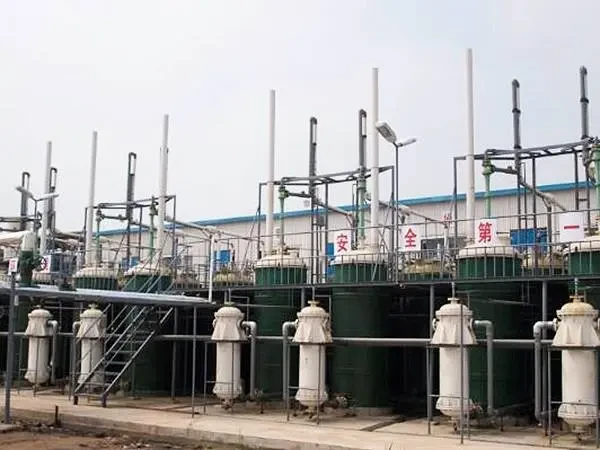



lead oxide manufacturer
The Role of Lead Oxide Manufacturers in Modern Industry
Lead oxide is a crucial compound in various industrial applications, particularly in the production of batteries, ceramics, and glass. The importance of lead oxide manufacturers cannot be overstated, as they play a vital role in ensuring the consistent supply and quality of this essential material. In this article, we will explore the significance of lead oxide, the manufacturing process, and the challenges faced by manufacturers in this industry.
Understanding Lead Oxide
Lead oxide, primarily composed of lead and oxygen, exists in several forms, the most notable being lead(II) oxide (PbO), lead(IV) oxide (PbO₂), and lead(II, IV) oxide (Pb3O4). Each form has unique properties and applications, but lead(II) oxide is predominantly used in the production of lead-acid batteries. Lead-acid batteries account for a significant percentage of the global battery market, serving as the primary power source for automobiles, motorcycles, and various types of renewable energy systems.
The Manufacturing Process
The production of lead oxide involves several steps, starting with the extraction of lead, typically from lead sulfide ores. The lead is then refined and subjected to oxidation processes. The most common method used by manufacturers is the Barton process, in which molten lead is allowed to oxidize in the presence of air in a specially designed furnace. This process provides a controlled environment to produce high-quality lead oxide with specific particle sizes and surface areas, essential for battery performance and longevity.
After production, lead oxide undergoes rigorous quality control to ensure it meets industry standards. Manufacturers must adhere to stringent regulations regarding lead content, particle size distribution, and environmental safety. Proper handling and storage of lead oxide are also critical because of the toxic nature of lead.
Application of Lead Oxide
lead oxide manufacturer

The most significant application of lead oxide is in lead-acid batteries. The compound serves as a key component in both the positive and negative plates of these batteries. The efficiency and longevity of lead-acid batteries are directly influenced by the quality of lead oxide used in their manufacture. Moreover, lead oxide is also utilized in the glass and ceramics industries, where it enhances the optical quality and durability of products.
The demand for lead oxide is projected to increase in the coming years due to the growing interest in renewable energy systems and electric vehicles, which rely heavily on lead-acid batteries for energy storage. Furthermore, advancements in battery technology, such as the development of hybrid and energy-efficient vehicles, will necessitate an increase in high-quality lead oxide production.
Challenges in Lead Oxide Manufacturing
Despite the growing demand for lead oxide, manufacturers face several challenges in the industry. Environmental regulations surrounding the production and disposal of lead oxide are becoming more stringent. Manufacturers must invest in advanced technologies and processes to minimize emissions and waste generation while ensuring compliance with regulations.
Worker safety is another critical concern. Lead is a toxic substance, posing severe health risks if not handled correctly. Lead oxide manufacturers are required to implement rigorous safety protocols to protect their employees, including proper training, personal protective equipment, and health monitoring.
Furthermore, fluctuations in lead prices can impact the profitability of lead oxide manufacturing. Prices are influenced by global mining operations, economic conditions, and supply chain dynamics. Manufacturers must navigate these fluctuations and strategize to maintain stable production costs and pricing for their products.
Conclusion
Lead oxide manufacturers play an indispensable role in modern industry, particularly in the battery sector. Their commitment to producing high-quality materials while adhering to environmental and safety regulations is crucial for sustaining growth in this market. As demand for lead oxide continues to rise in conjunction with advancements in technology and renewable energy, the industry must adapt to the challenges it faces. Continued innovation and investment will be essential for lead oxide manufacturers to thrive in an ever-changing industrial landscape.
-
Why Sodium Persulfate Is Everywhere NowNewsJul.07,2025
-
Why Polyacrylamide Is in High DemandNewsJul.07,2025
-
Understanding Paint Chemicals and Their ApplicationsNewsJul.07,2025
-
Smart Use Of Mining ChemicalsNewsJul.07,2025
-
Practical Uses of Potassium MonopersulfateNewsJul.07,2025
-
Agrochemicals In Real FarmingNewsJul.07,2025
-
Sodium Chlorite Hot UsesNewsJul.01,2025










